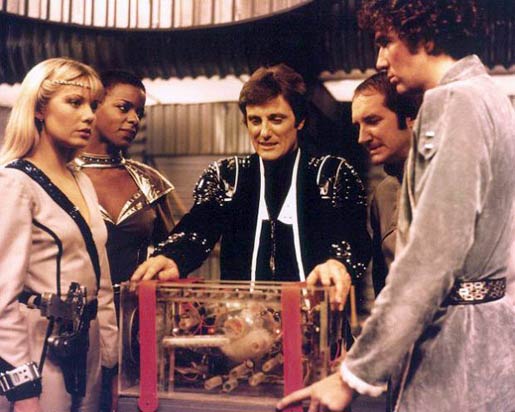Recent research presented at the American Chemical Society revealed development of a new type of computer memory. This new kind of non-volatile memory is based upon silicon oxide; to write to it requires an electrical charge, charges of a lower magnitude can be used to read from it without altering the contents. The memory is transparent and is physically flexible. An additional benefit of the chips is their heat resistance; temperatures of over 1,000F will not damage the data stored upon them. The new memory chips can also smaller than currently-used designs because within their structure they can be stacked three-dimensionally. The research team at Rice University was led by James M. Tour, Ph.D.

Researchers suggest wearable transparent gadgets could one day be created using this memory type, among other transparent components. Well, that's easy to say but what other transparent components can we utilise today? Of course, plastic and glass are often used in transparent forms, either clear colourless or tinted. Circuit boards and circuits could be transparent in the near future. According to scientists at Cambridge University, transparent inkjet printed circuits, using colourless inks containing graphene have been produced. The electrical properties of graphene (the single atom-thick form of carbon) are ideally suited to nanoelectronics. The circuits can be printed onto a huge range of surfaces, including transparent materials.
What else do you need for your transparent gadget? A transparent battery would complete it! Well, research at Stanford University has been trying to create exactly that. A graduate student, Yuan Yang, created a transparent battery by making its non-transparent components into smaller pieces that are each too tiny to be seen by the human eye, but there are many of them arranged in an interconnected grid. The grid can be layered without making the battery more noticeably opaque, to create more powerful and longer-lasting batteries. A three-layer battery made in the lab was equivalent to a NiCad battery of the same size. It was about 60 per cent transparent in visible light. The whole battery is also flexible!

That's it, we have all the transparent components, now someone can make Orac!













